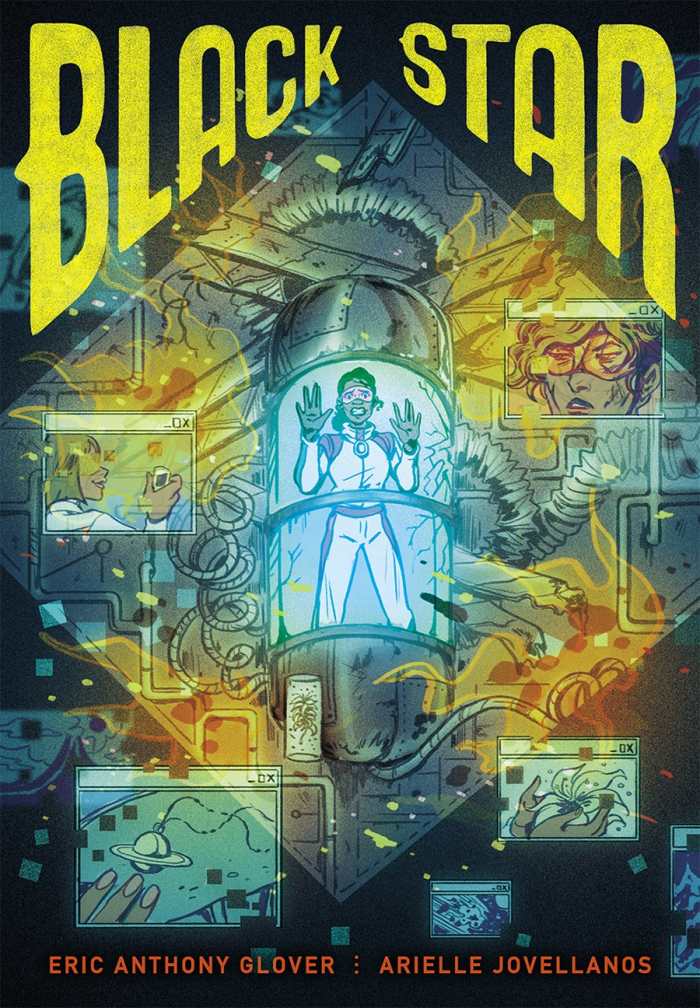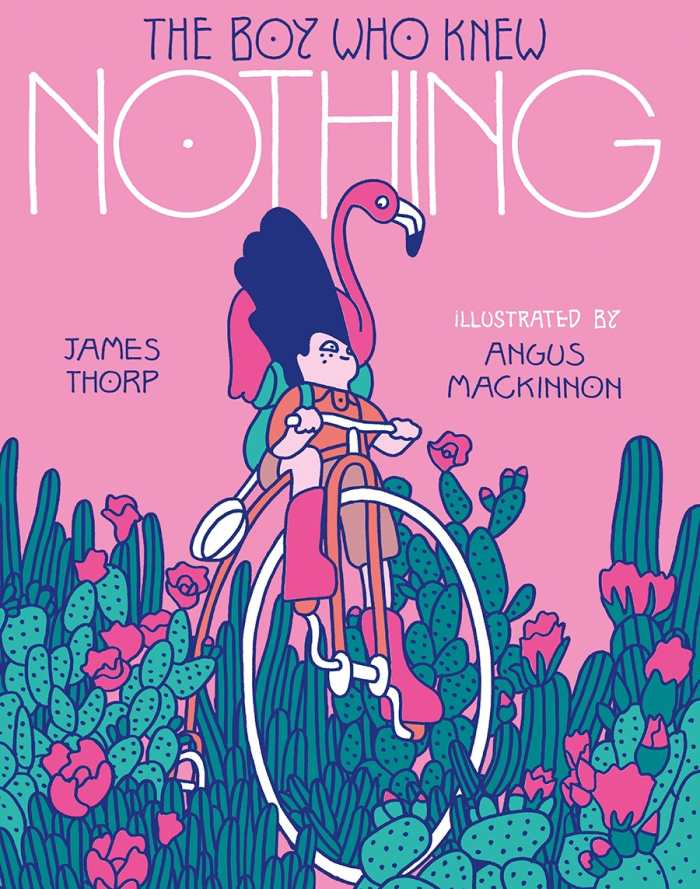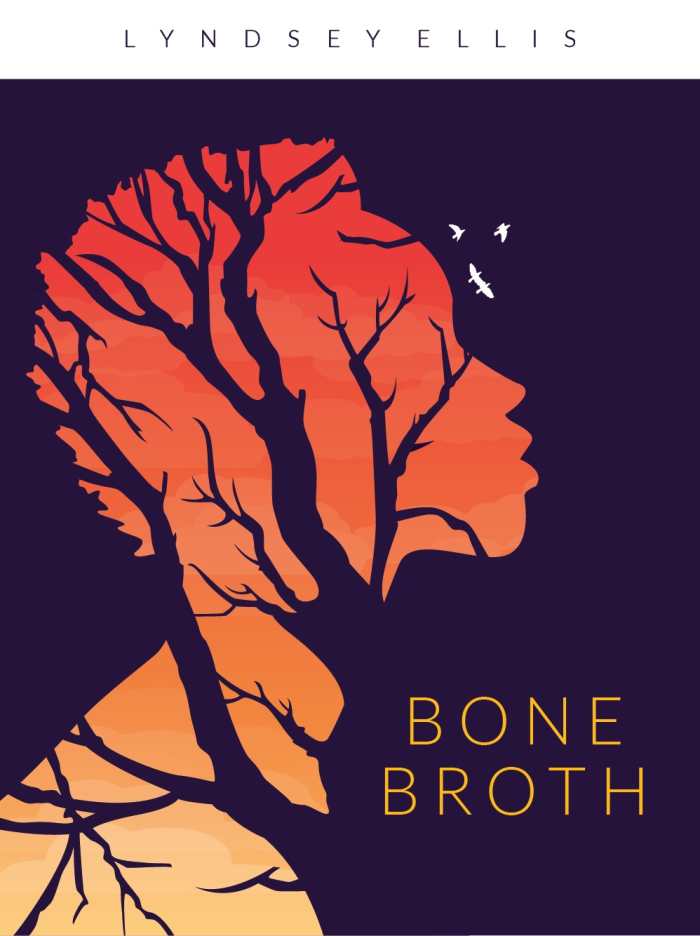Book of the Day Roundup: May 24-28, 2021
Black Star

Eric A. Glover
Arielle Jovellanos, illustrator
Abrams ComicArts
Hardcover $24.99 (172pp)
978-1-4197-4228-6
Buy: Local Bookstore (Bookshop)
Black Star is a fast-moving, twisting futuristic thriller about a woman-versus-woman contest of survival.
Harper, a prominent and dedicated scientist, is sent with a crew to a far-off planet, Eleos, to retrieve samples of a flower with therapeutic properties. When the ship crashes on the planet’s surface, Harper sets out alone on a 187-kilometer trek to reach an auxiliary shuttle—her only hope of escape.
Harper’s plan grows more complicated, however, when it’s revealed that she’s not the only one who survived the crash. She’s being pursued by Parrish, the survival expert she left trapped on the ship; Parrish, motivated by revenge, blames Harper for the death of a beloved crewmate. Clever narrative use of the ship’s computer interface, Guardian, results in flashbacks that show the unvarnished truth.
Through heat, flooding, wildfires, and other obstacles, Harper and Parrish battle to outwit each other and reach the shuttle, which can only carry one of them to safety. Their story is filled with action, but also addresses intriguing questions of morality. Harper claims to have put the medical mission, with its hope of saving many lives, first, but Parrish sees her actions as a betrayal and a sign of cowardice. Harper, meanwhile, suspects that Parrish’s outrage is motivated not just by a sense of justice, but by Parrish’s financial interests. It’s easy to root for, and against, both characters at different times, making for a complex, engrossing tale.
The book’s art is excellent, capturing an array of natural vistas and technological features in creative, colorful ways, helping to make Black Star an impressive science fiction graphic novel.
PETER DABBENE (April 27, 2021)
How to Mars

David Ebenbach
Tachyon Publications
Softcover $16.95 (240pp)
978-1-61696-356-9
Buy: Local Bookstore (Bookshop)
Six bold adventurers leave Earth behind forever in David Ebenbach’s droll science fiction novel How to Mars.
Of the many applicants for a one-way excursion to Mars, six are selected, both for their scientific acumen and for their telegenic qualities. Destination Mars! isn’t just a terraforming project: it’s a reality television show, sponsored by a corporation that’s in semi denial about its godlike aspirations.
Though there are hard conditions to being a part of Destination Mars!, the six agree to every rule. When Jenny and Josh flip the script by getting pregnant, it sends their community into crisis mode. The danger is not just from within, or from the resentful organizers on Earth: the unseen Martians, who are already wary of their visitors, are alarmed. They plot to reorganize the chaos.
How to Mars is a raucous joyride across the red planet. It discombobulates for the fun of it, and is sly in raising issues of voyeurism, consumerism, and the unholy combination of moneyed interests with science. Sweetness and melancholy wend into otherwise dire situations. A geologist learns to knit booties while the Martians try to make first contact; a technical engineer flirts with anarchy. The search for life in Mars’s groundwater turns up little; the six are overwhelmed by frequent, unnecessary shipments of branded towels. And though the days are long, there’s reason to stay active: “Mars … may be dull, but only until your oxygenator stops working.”
Among scenes that find the six establishing mundane Martian routines come riotous clips from the Destination Mars! handbook, flashbacks to the torturous tests that Destination Mars! subjected its applicants to, and notes from the field (both the Martian landscape, and the six’s internal topographies). The combination is irresistible fun. Through its heartbreaks and surprises, How to Mars is an interplanetary delight.
MICHELLE ANNE SCHINGLER (April 27, 2021)
Here Is a Game We Could Play

Jenny Bitner
Acre Books
Softcover $19.00 (232pp)
978-1-946724-40-3
Buy: Local Bookstore (Bookshop)
In Jenny Bitner’s Here Is A Game We Could Play, twenty-four-year-old Claudia is trapped on the banks of the Susquehanna River, in a town too full of people to be a ghost town, yet too stripped of opportunity to be truly alive. Here, people “thought the river … had the power to bring us something larger than this town: God, a story, a way out.” So Claudia watches the people, the river, and the contents of her own mind as someone who’s trying to belong, perhaps to no one so much as herself.
The book is written to a potential lover about the games entailed in their courtship, but it also slips in and out of Claudia’s real-life relationships with family, friends, and lovers. Labeled as games, the chapters have headings such as “Pillows,” “Listen,” and “Earlobes.” The power of the games themselves exists in their haunting blend of lucid dreaming and vestigial memory. As the games morph in response to the more traditional narrative that precedes or follows them, they reveal Claudia’s needs and fears, suggesting her differences and obsessions are both endemic and etiological.
In particular, Claudia’s obsessed with poisoning, and is sure “there is poison somewhere in me, but I don’t know what or where it is.” Rather than trying to categorize poison, Bitner plays with its omnipresence and fluidity. As in most industrial towns, poison is everywhere, its presence literal, hypothetical, and metaphorical. Whether dangerous or delicious, poison just is—a fact that’s as much a part of the novel’s embodiment as Claudia’s fears.
Capturing just how much belonging shapes a person, in its absence as much as its presence, the novel strains between those two poles; like any true connection, it is a “terrible and beautiful thing.”
LETITIA MONTGOMERY-RODGERS (April 27, 2021)
The Boy Who Knew Nothing

James Thorp
Angus MacKinnon, illustrator
Templar
Hardcover $17.99 (48pp)
978-1-5362-1713-1
Buy: Local Bookstore (Bookshop)
After a boy finds a strange pink creature in his dress-up box, he goes on a quest to find out what to call his new friend, but is dissatisfied with every answer he receives. Bold black lines divide a whimsical palette of green, purple, rust, and neon pink in illustrations bereft of color blending, evoking the flat, layered sensibility of a mural that depicts his epic journey. The boy who knew nothing reminds us all there’s no shame in a “silly” question.
DANIELLE BALLANTYNE (April 27, 2021)
Bone Broth

Lyndsey Ellis
Hidden Timber Books
Softcover $16.95 (274pp)
978-1-73655-190-5
Buy: Local Bookstore (Bookshop)
Lyndsey Ellis’s thoughtful multigenerational novel Bone Broth is set during the days of the Ferguson protests.
Justine and Wesley moved to the suburbs to escape the traps set for residents of the Pruitt-Igoe projects. But decades later, Wesley has died, and their once up-and-coming neighborhood is no longer considered desirable. It’s a change that Justine resents—just as she resents the protests that come in the wake of Michael Brown’s murder, which are a painful reminder of the idealism of her youth.
That idealism transferred to her eldest daughter, Raynah, an Oakland activist who inherited her father’s house. Though Raynah is growing weary of uphill battles herself, she decides to transform the residence into a social justice museum. In the process, questions about her mother’s involvement in covert antiracist actions decades previous arise, complicating their already tenuous relationship.
Meanwhile, Raynah’s sister Lois wrestles with the return of Ahmad, her childhood sweetheart and the father of Quentin, who was also murdered. Their politician brother, Theo, works to hide the truth about his sexual orientation, wanting most to belong. Theirs are family troubles that not even Justine’s famed bone broth—a delectable mixture with the power to both heal and poison—can assuage.
As much as this is a book that is set in motion by acts of entrenched racism and state-supported violence against Black bodies, it is most a story about family wounds. Even after he’s gone, Wesley’s internalized misogyny has reaching consequences for his wife and children. It represents freedoms lost, loves departed, secrets buried, and artifices that carry a high cost. Ellis writes with a keen sense of history and a discerning eye, revealing the family’s triumphs and heartbreaks at an intermittent, wrenching pace.
Bone Broth is a nuanced, compassionate story set during troubled times.
MICHELLE ANNE SCHINGLER (April 27, 2021)
Barbara Hodge
